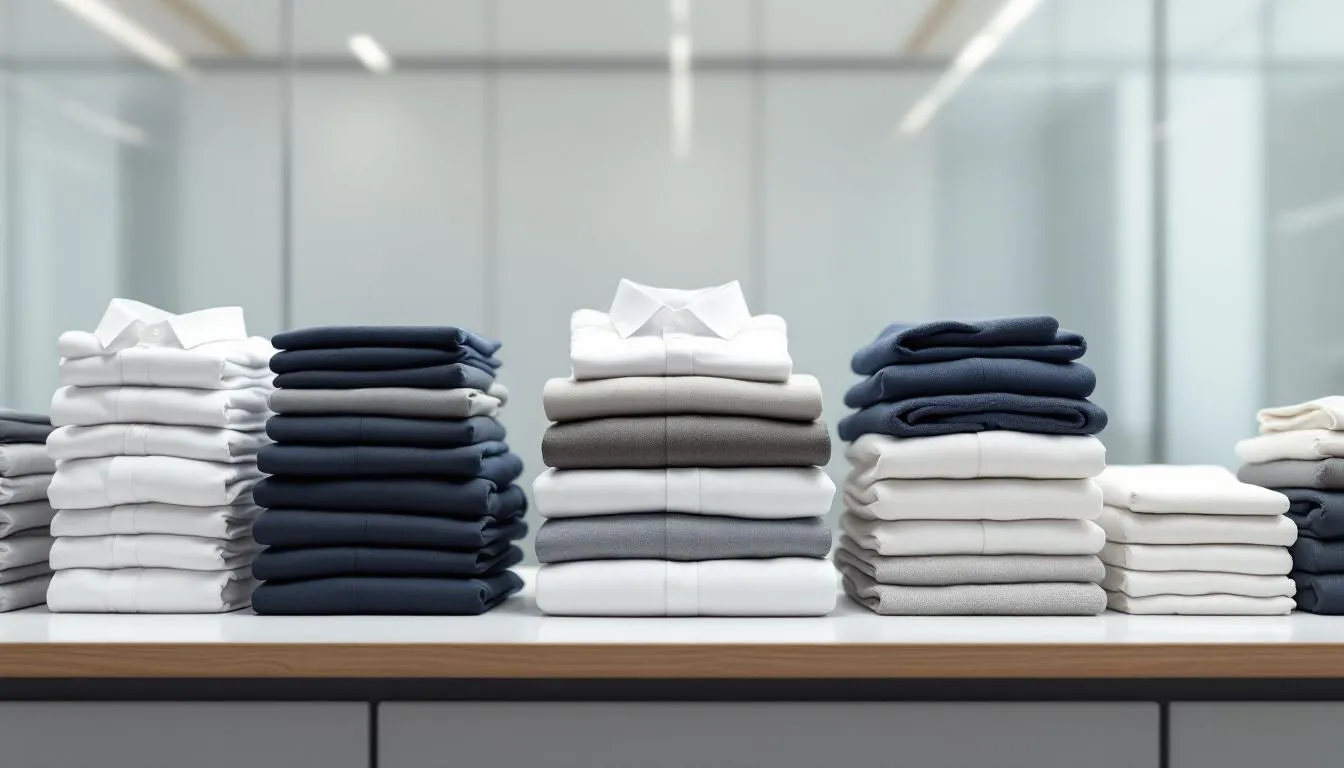Washing machines are a never-ending source of trouble in our lives. They get clogged, have computer malfunctions, and cover our clothing in lint, snags, or tears. They can also churn so harshly that they ruin our clothes.
If you’re fed up with expensive items coming out of the washing machine looking worse for wear, it might be time to consider a wash and hand dry technique instead. Handwashing is suitable for most types of clothing but especially great for delicate items.
Read on for our guide to washing your clothes by hand the right way.
Preparing for Handwashing
First, find a suitable sink. If you’re lucky enough to have a dedicated laundry room, use the sink in there. If not, the kitchen sink or bathtub will work just fine. You can also purchase freestanding washbasins dedicated to doing a hand wash.
Once you’ve decided on the where it’s time to work out the what. Hardy clothes like jeans are acceptable in the machine, but clothing created from natural fabrics like cotton, linen, silk, and wool should be hand-washed.
Are you wondering how to wash delicates? Treat them the same as natural fabrics. As you should, any other clothing you feel might snag in the machine.
As you would when using a washing machine, still sort your clothes by color. Separate whites, greys, and darker colors to wash separately. Also, pull out any woolen or heavily dyed items; they need individual treatment.
Presoak (Almost) Everything
A home laundry presoak is a good idea if you have stained clothing or items made of natural fabrics like cotton and linen. It will restore bright colors, make your white clothing brighter, and (hopefully) treat even stubborn stains.
Despite what your grandmother told you, don’t use chlorine bleach. It can actually cause clothing to yellow with extended use. Instead, look for a bleach alternative like oxygen-based bleach, lemon juice, or even that endlessly versatile kitchen ingredient, baking soda.
Separate your clothing by color and place them in a basin or sink. Cover them with fresh, cold water until they’re fully submerged, and add your soaking formulation. Leave the clothing to soak for thirty minutes or more.
Just be sure never to soak leather, silk, or wool, as these textiles are easily damaged by even the most natural of bleach alternatives.
The Wash: Getting It Done
When it comes to washing clothes by hand, it’s crucial you stick to a strict set of steps. Otherwise, you risk ruining your clothing. If you’re not sure you can commit to this, you can easily order handwashing services via app.
Step 1: Getting Ready
Turn all your clothing inside out, and double-check it’s all sorted by color. Now it’s time to fill your washbasin with tepid to cool water. Add your laundry detergent of choice to the water, but not too much, or it will be impossible to wash out.
While most standard detergents (including dishwashing liquid) are OK for handwashing, you might prefer to use a detergent designed for delicate items or a zero-waste dedicated handwashing soap bar.
Step 2: Agitate
Add your clothing to the soapy water, agitating it with your hands as you add each piece. You need to get that soap distributed evenly through the clothing items. If you’ve pre-soaked your clothing, you can move onto the next step; otherwise, let the clothing sit for 15 to 30 minutes.
Gently distress the clothing by hand every few minutes. Be sure not to pull or rub the clothing.
Step 3: Rinse It Out
Now, tip out the soapy water and rinse your clothing until the water is no longer cloudy or feeling soapy. Take out each item and press it gently between your hands or against the side of the sink. Never wring the clothing as this can stretch or wrinkle it.
Now it’s time to dry your clothes!
Avoid the Dryer
One of the best handwashing tips we could give you is to (carefully) hang your clothes out to dry rather than throw them in the tumble dryer.
Tumble dryers are notorious for producing microscopic tears and rips in your clothing. You don’t see it day-to-day, but the wear will become evident as your clothing prematurely ages. In fact, one study found that towels lost 50 percent of their tensile strength after just twenty dries.
It’s best to lay hand-washed items flat on a drying rack. This will help them to retain their natural shape as they dry. Only hang sturdier items on hangers, and be sure to arrange their shoulder and necklines naturally.
Use a large rack to maximize airflow, set up a dehumidifier in your drying space, and try to press out as much water from clothing beforehand as possible. You can even use a salad spinner on smaller items.
Best of all, you’ll save some money on your electricity bills. You spend anywhere between 20 and 80 cents for every hour of drying. That adds up to some significant savings over a month or year!
Clothing Sanitization When Handwashing
You might be worried about sanitization when handwashing delicates and other clothing items. Will your clothes really get as clean by hand as when you wash them in the machine? The answer, thankfully, is yes!
If you’re using soap to clean your clothes, it will take care of those lingering germs. You wash them off your clothing during the agitation process, and they head down the drain at the rinse stage.
If you’re really concerned, simply steam or iron your clothing to a heat of 167 degrees or higher once it’s dry.
Clothing Wash and Hand Dry Done Right
When it comes to doing a wash and hand dry properly, it’s vital to have some tips for handwashing on, well, hand. If you don’t do it correctly, you risk damaging your clothes or leaving them dirty. And if you’re worried about hygiene, simply take some time to iron or steam your clothing.
Are you interested in handwashing your clothing but don’t have the time to do it yourself? Consider placing an order with a laundry service like Hamperapp. Door-to-door dry cleaning and wash and fold laundry services are just the touch of a button away!


 Wash and fold service handles every step in the laundry process, offering a comprehensive solution. This service involves professionals managing everything from washing to folding and even delivering your washed clean clothes back to you.
Wash and fold service handles every step in the laundry process, offering a comprehensive solution. This service involves professionals managing everything from washing to folding and even delivering your washed clean clothes back to you. Dry cleaning is crucial for maintaining the quality and longevity of delicate fabrics. This professional cleaning service includes pressing and delivering clothes on hangers, ensuring they arrive in pristine condition.
Dry cleaning is crucial for maintaining the quality and longevity of delicate fabrics. This professional cleaning service includes pressing and delivering clothes on hangers, ensuring they arrive in pristine condition. Pickup and delivery service offers unmatched convenience. Scheduling laundry pickups is easy with services like Hamperapp, offering personless free pickup and delivery. This makes scheduling laundry services around your availability easier and avoids the need to drop off laundry.
Pickup and delivery service offers unmatched convenience. Scheduling laundry pickups is easy with services like Hamperapp, offering personless free pickup and delivery. This makes scheduling laundry services around your availability easier and avoids the need to drop off laundry.

